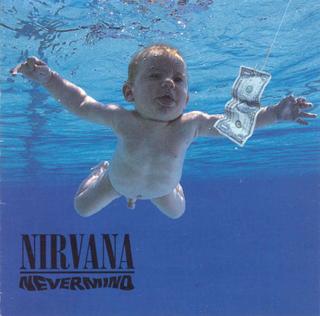Sharon George, Kelsey Allen, Nicole Markey
Independent Women fit the popular genre of music of the early 2000s. That time period has once been described as a Golden Age for contemporary R&B. The early 2000s also celebrated the female artists with women such as Britney Spears, Christina Aguilera, Pink, Madonna, Mariah Carey, and girl group, TLC, all experiencing success on the charts. A common theme for women to sing about was men, however, Destiny’s Child took a slightly different approach and wrote a song about women, specifically about women who don’t need a man. The group appealed to a wide range audience and this was shown by becoming the most successful female R& B group of all time selling over 50 million records worldwide during the 2000s. Independent Women is often referred to as a women empowerment anthem and it fit with the roles of women in society at this point in time. In 2000, 24 percent of women over the age of 25 had a bachelor’s degree or higher compared with 28 percent of men. The college degree attainment gap between the sexes had not completely closed but was well on its way to closing. Further, women at this time held a large number of professional and high ranking managerial positions as this was not common a couple of decades prior. Independent women captured the success of women in education and employment in the song and emphasized the woman as reliant on herself instead of a man.
“Independent Women” did not create controversy as it was created to be on the soundtrack of the major blockbuster of Charlie’s Angels. It also fell into the trend of hip-hop/R&B that was gaining mainstream traction in the early 1990s. Destiny’s Child was also not alone in their rise as a girl group, bands like TLC, SWV, XSCAPE were all capitalizing on the popularity of the trend. Male R&B groups were also very popular during this era too, such as Jodeci and Boyz II Men. The high production value of the single—as well as the rest of the Destiny’s Child discography—shows the cultural divergent from the grassroots, bottom-up style of music as seen last week with Nirvana. Themes of girl-power, female sexuality and independence were popular among female musicians, and Destiny’s Child could be viewed as the black version of women like Joni Mitchel and Carly Simon. The massive radio play as well as the success of Charlie’s Angels is what solidified “Independent Women” a place in modern music history. The song is upbeat, catchy, and has a very positive message giving it cultural relevance over a decade later. The themes of financial independence, flaunting of wealth, and feminism have all carried into the later 2000s and can even be seen in both Michelle Williams and Beyoncé Knowles’s solo work.
In a
happy turn of events, the class was willing to answer the question! We asked
the class “Do you think this song has affected the dialog of feminism within
mainstream pop culture? What about it’s
potential effects on the music industry as a whole?”. The class responded
saying that yes, they do think “Independent Women” helped bring in a trend of
mainstream “girl power” anthems. They said that the work of Destiny’s Child
helped popularize these type of “feminist anthems” all while staying in the
realm of mass culture by including themes of capitalism, and heterosexual
relationships.
References:
http://www.ew.com/article/2000/09/01/destinys-child-someday-well-be-together
http://www.billboard.com/charts
http://www.billboard.com/articles/news/80739/destinys-child-keep-women-on-top http://www.songfacts.com/detail.php?id=1191 http://en.wikipedia.org/wiki/Independent_Women http://en.wikipedia.org/wiki/2000s_in_music http://usgovinfo.about.com/library/weekly/aa031601a.htm







